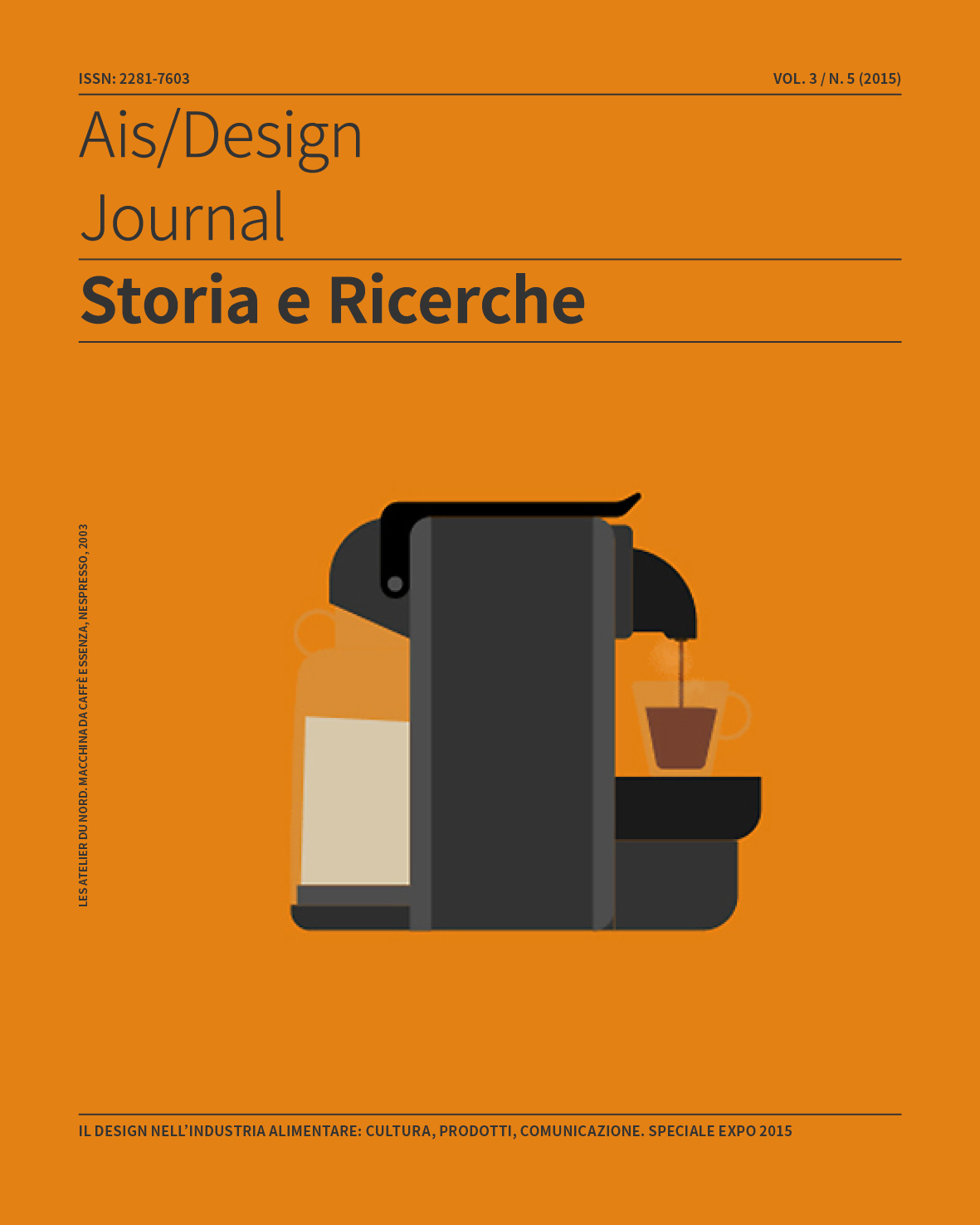Brooklyn
The Italian Case of the Chewing Gum
Abstract
The history of chewing gum is a very long one: a peculiar candy invented the USA, it has achieved vast popularity in most of the world, acquiring – over time – a social status as well as a specific, functional one. Chewing gum is linked to the two Americas: the one represented by Mexico, for its chronological development and the raw material (chicle); and North America, for its modern and industrialized production, mainly during the 19th and 20th Centuries. Only in the post-WWII period, chewing gum kicks off in Italy; this part of the story constitutes an interesting case as well, one that is surprisingly little known in its dynamics. Produced since about sixty years ago, Brooklyn chewing gum was the first such product in our country. Its designers, the brothers Ambrogio and Egidio Perfetti, very much like the famous American chewing-gum inventor and entrepreneur William Wrigley, have succeeded in turning it into the most popular brand in Italy, engaging in a high-quality product. At the same time, they turned it into a true icon, thanks to its catching name (inspired by the bridge in New York) and to its promotion on the market through the classic Carosello-based TV commercials of the 1960s and 1970s, which heavily affected the social imaginary of the large public.
Copyright (c) 2015 Paola Proverbio

This work is licensed under a Creative Commons Attribution-NonCommercial-NoDerivatives 4.0 International License.
Creative Commons NonCommercial-NoDerivates 4.0 international License (CC BY-NC-ND 4.0).


